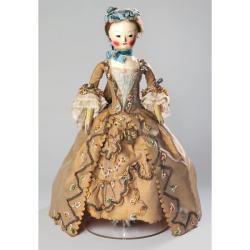
Dress
ASKE Katherine
The wealth and competitive elegance involved in fashionable dress in particular, were truly symbolic of the growing culture of refined sociability, luxury and consumerism.
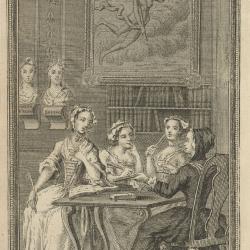
Essay periodical
BOULARD-JOUSLIN Claire
The rise of the leisure press after 1690 caused the appearance of new forms of middle-class sociability. The tea-table is a case in point, around which the two sexes gathered, read periodical essays together, which provided subject matter to polite conversation.
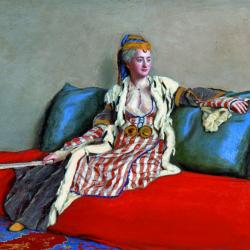
Exotic mania
SASSO Eleonora
During the long eighteenth century, a huge wave of exotic mania led to various social interactions characterised by the refinement of manners and the love of luxury. The term ‘exotic’ was associated with unfamiliar flora and fauna as well as with rare objects exhibited in places of sociability such as gardens, public and private menageries, museums, salons, tea-rooms, theatres, opera houses and many others.
![Joshua Reynolds, ‘Elizabeth Hamilton [née Gunning], Duchess of Hamilton and Argyll’, Yale Center for British Art, B1977.14.68, c. 1760. Female beauty](/sites/default/files/styles/notice_teaser/public/notices/Sir_Joshua_Reynolds_-_Elizabeth_Gunning%2C_Duchess_of_Hamilton_and_Argyll_-_Google_Art_Project.jpeg?h=101f3c54&itok=qyZ2en4n)
Female beauty
ASKE Katherine
This entry explores the conceptualisation of female beauty in Britain in the long eighteenth century. The period, particularly around the mid-century, saw a surge of discourses on beauty, establishing aesthetic, moral, and social trends. Through these commentaries and women’s increasing social interaction, beauty’s idealised physical features - symmetry, fair skin and rosy cheeks - came to represent feminine virtues, such as delicacy, morality and sensibility.
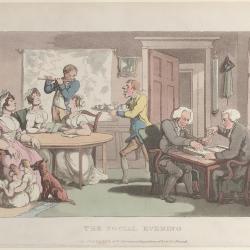
Gentleman
WILLIAMSON Gillian
Gentlemanliness was a contested quality in eighteenth-century Britain. During the century, the term broadened away from men of lineage to encompass the rising middling sort. One criterion used to define these ‘new’ gentlemen’ was sociability, but this was a sociability that now had to conform to other qualities making the new gentlemen: industriousness, sincerity, honesty, benevolence. Lord Chesterfield's instructions to his son on the art of pleasing were now regarded as superficial, corrupting. This entry considers this shift in gentlemanly sociability which intersects with many other entries in DIGIT.EN.S.
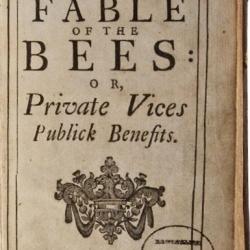
Luxury
SCHMID Susanne
Luxury has always been difficult to define. The eighteenth century saw a shift from ‘old’ to ‘new’ luxury (de Vries), from aristocratic displays of wealth and power to the widespread and sociable use of commodities like porcelain and silk. Such displays of tasteful and fashionable objects enhanced individual status, in domestic settings and in public spaces.